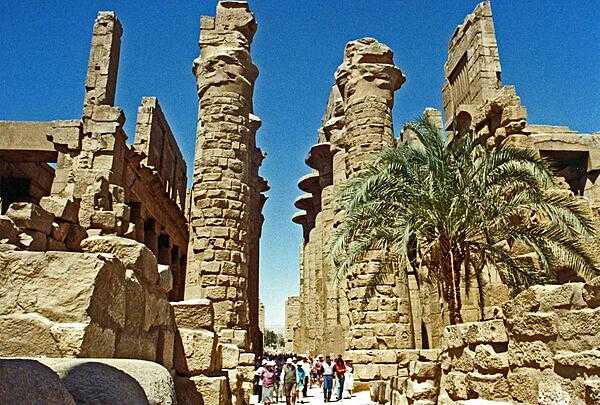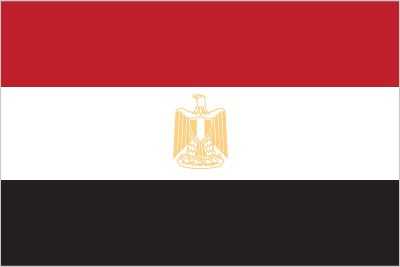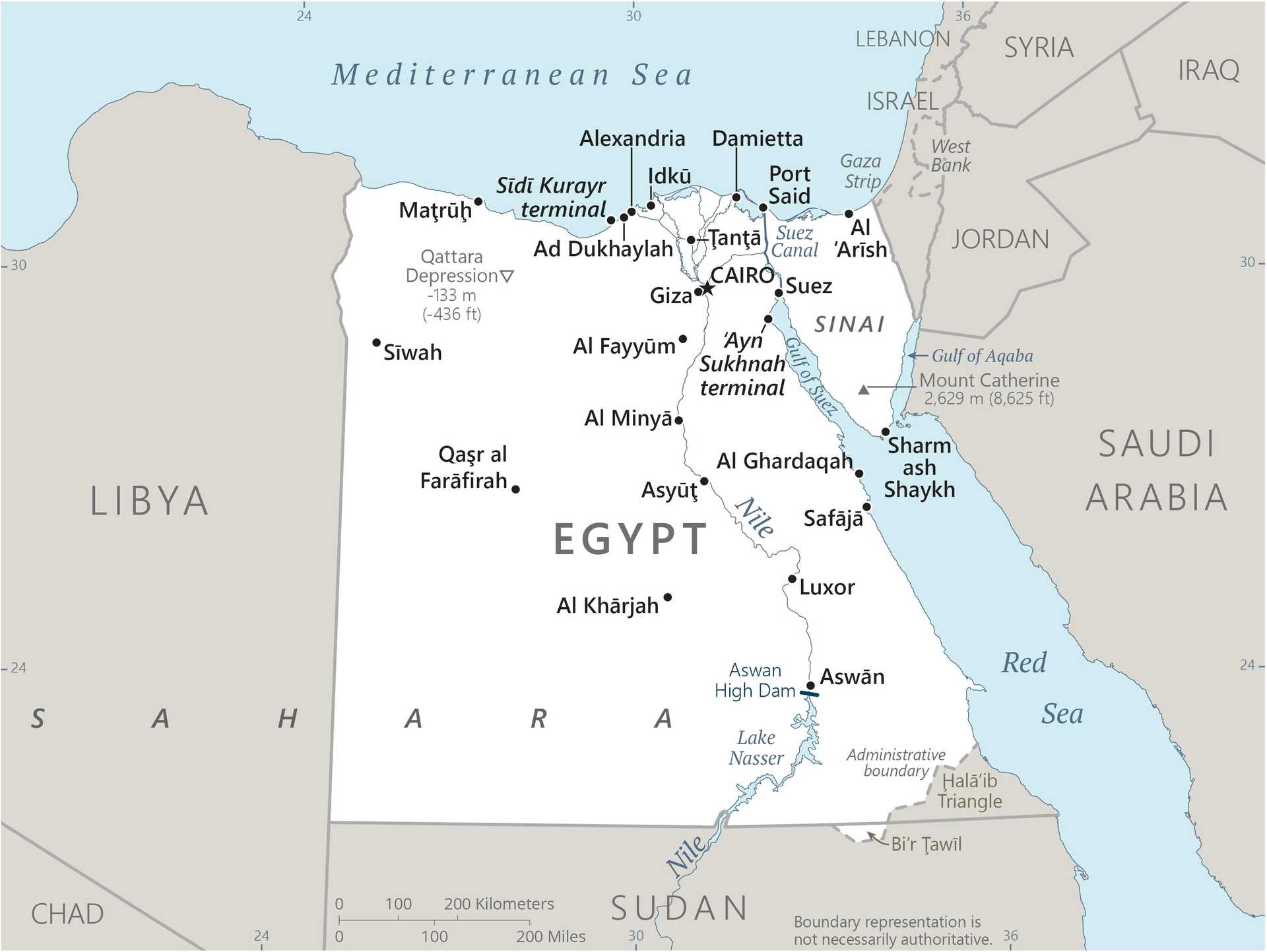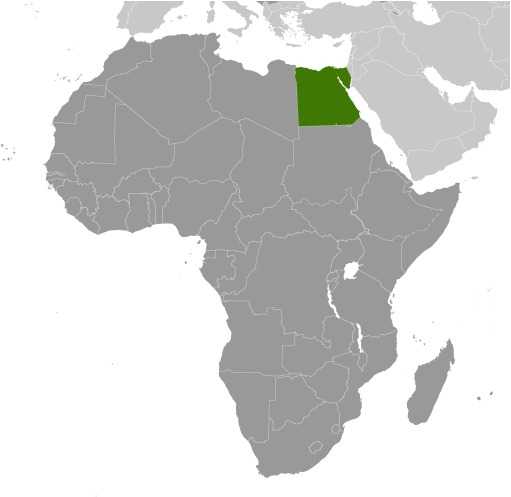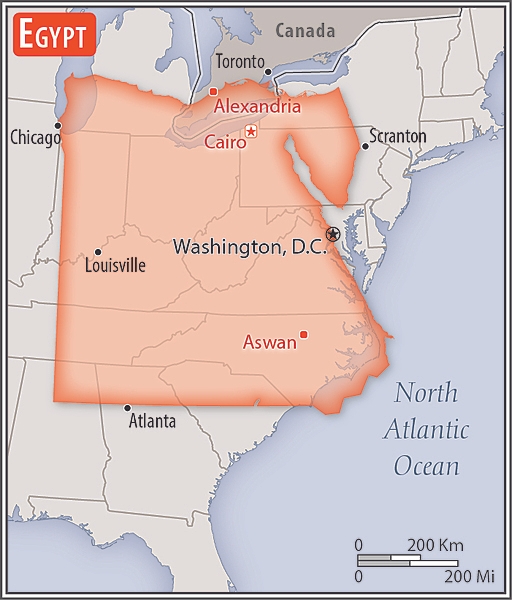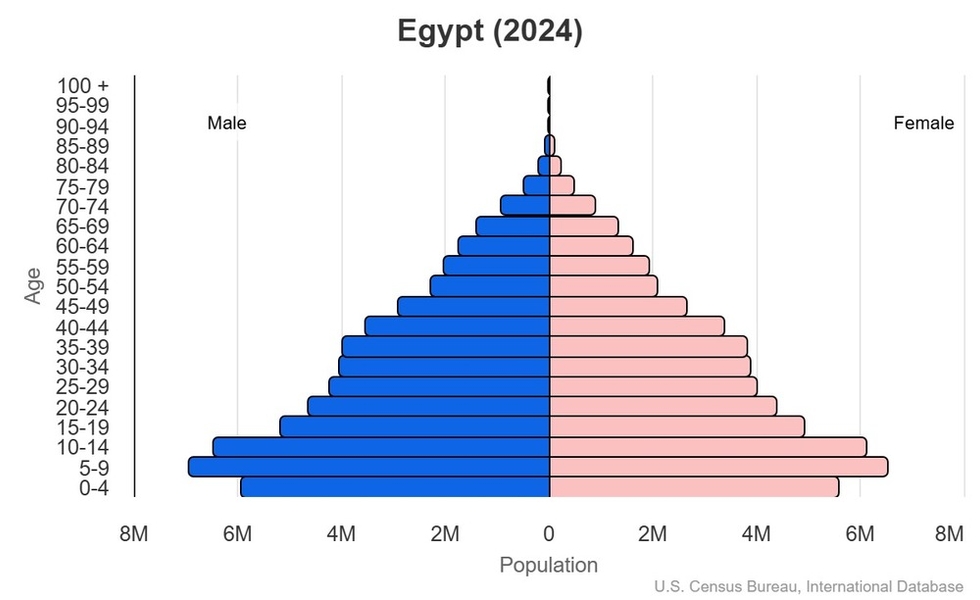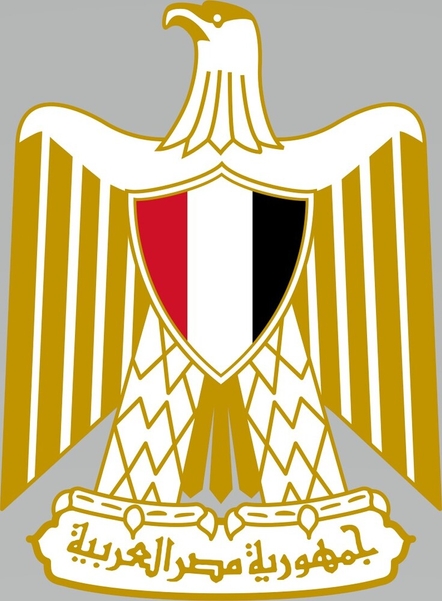Introduction
Visit the Definitions and Notes page to view a description of each topic.
Geography
People and Society
Population
comparison rankings: total 15; male 15; female 15
Languages
Median age
comparison ranking: total 177
Population growth rate
comparison ranking: 65
Birth rate
comparison ranking: 73
Death rate
comparison ranking: 212
Net migration rate
comparison ranking: 115
Maternal mortality ratio
comparison ranking: 128
Infant mortality rate
comparison ranking: total 88
Life expectancy at birth
comparison ranking: total population 132
Total fertility rate
comparison ranking: 63
Obesity - adult prevalence rate
comparison ranking: 19
Alcohol consumption per capita
comparison ranking: total 175
Tobacco use
comparison ranking: total 39
Children under the age of 5 years underweight
comparison ranking: 77
Education expenditure
comparison ranking: Education expenditure (% GDP) 112
Environment
Carbon dioxide emissions
comparison ranking: total emissions 29
Government
Economy
Real GDP (purchasing power parity)
comparison ranking: 18
Real GDP growth rate
comparison ranking: 140
Real GDP per capita
comparison ranking: 114
Inflation rate (consumer prices)
comparison ranking: 196
GDP - composition, by sector of origin
comparison rankings: agriculture 58; industry 40; services 152
Industrial production growth rate
comparison ranking: 159
Labor force
comparison ranking: 20
Unemployment rate
comparison ranking: 125
Youth unemployment rate (ages 15-24)
comparison ranking: total 59
Gini Index coefficient - distribution of family income
comparison ranking: 130
Public debt
comparison ranking: 18
Taxes and other revenues
comparison ranking: 110
Current account balance
comparison ranking: 184
Reserves of foreign exchange and gold
comparison ranking: 45
Debt - external
comparison ranking: 8
Energy
Electricity
comparison rankings: installed generating capacity 26; consumption 25; exports 62; imports 109; transmission/distribution losses 205
Energy consumption per capita
comparison ranking: 109
Communications
Telephones - fixed lines
comparison ranking: total subscriptions 15
Telephones - mobile cellular
comparison ranking: total subscriptions 17
Broadband - fixed subscriptions
comparison ranking: total 18
Transportation
Merchant marine
comparison ranking: total 45
